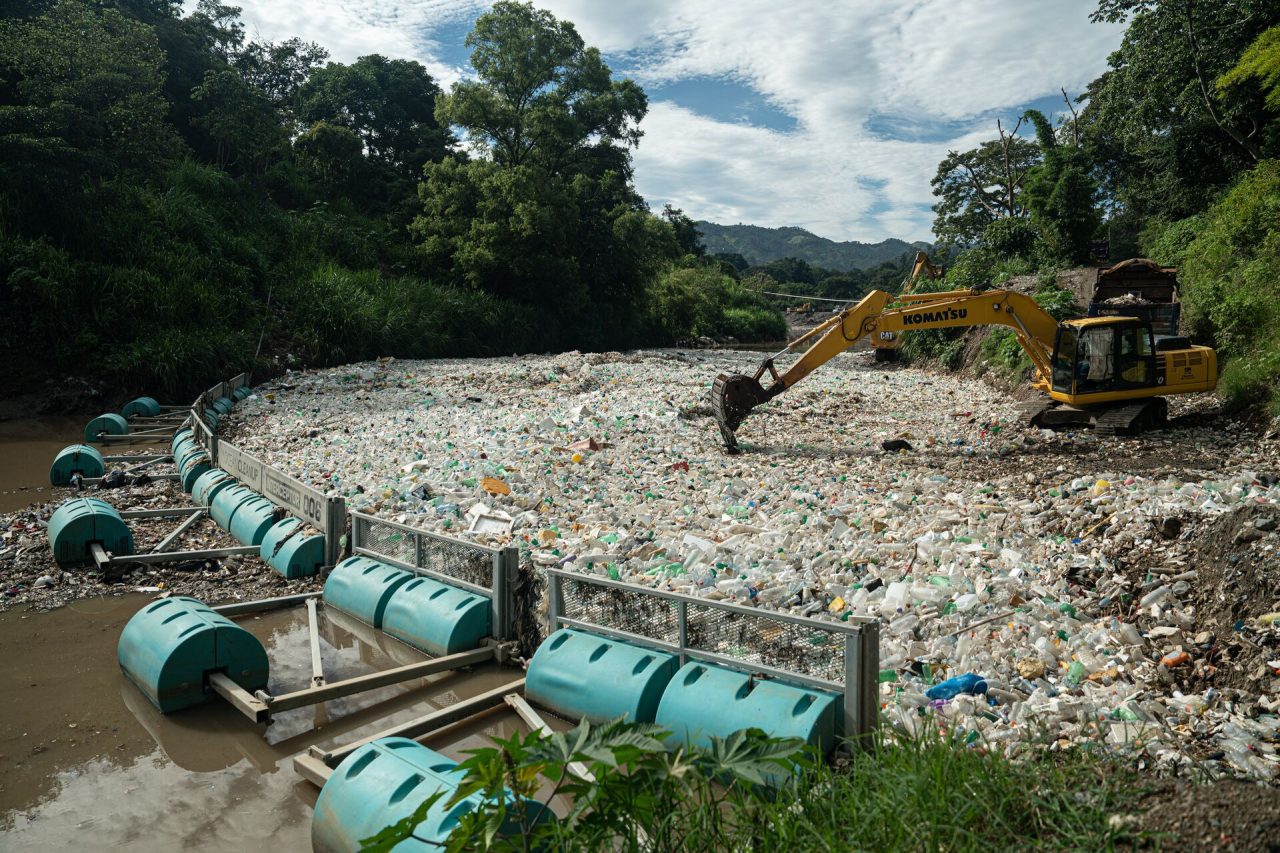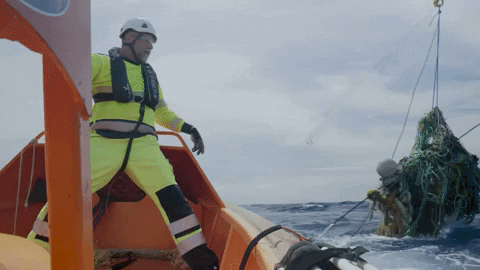The tidal trap — Seasonal transport of floating macrodebris in the bi-directional Chao Phraya River network on the Gulf of Thailand
January 2025, article in a peer reviewed Journal
Marine Pollution Bulletin
Abstract
Models estimate up to 3 million metric tons of river plastic waste flowing into the world’s ocean every year. All ocean-bound rivers endure tidal impact to some degree, but there is a lack of data on the resulting marine emission effects. To address this gap, we analyzed the trajectories of grapefruit-sized floating GPS drifters (n = 63) in the Chao Phraya estuary in Bangkok, Thailand, in the three seasons of 2022–2023. We observe considerable bi-directional drifter oscillation over dozens of kilometers in all seasons with particles transitioning in and out of urban canals. The only substantial net downstream transport towards the ocean occurred in the rainy season (May–Oct). Only one drifter reached the sea. We further show that drifters are more likely to travel through the center and outside portion of river bends. Besides advancing models this study provides spatiotemporal insights for water pollution mitigation and cleanup policies.

